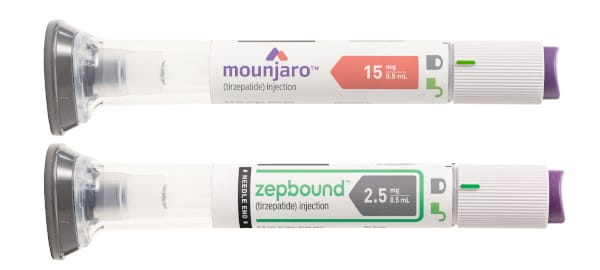Naturally boosting GLP1 levels with food (Part 1)

Glucagon-Like Peptide 1 ("GLP1") is a naturally occurring hormone in the human body.
GLP1 Receptor Agonists (ex. Semaglutide the formulation for Ozempic, Wegovy, and Rybelsus) aim to use modules similar to the naturally produced GLP1 in your body to trigger effects that contribute to better insulin management and eventually weight loss.
Check out our quick explainer
Some might wonder though – are engineered drugs the only way to boost an individual's GLP1 levels?

Searching for natural GLP1 boosters is very difficult – there is an entire industry (the weight loss supplement industry) out there that is looking to sell supplements that at best might work, or at worst are harmful.
Here at GLP1.Guide we focus on a research driven approach, so here's what we've found on substances that have shown some ability to naturally boost levels of GLP1.
As experimenting on humans is fraught, many of the studies may deal in animal (normally mouse) models – this means that the data cannot immediately be extrapolated to humans, but it is possible.
Olive Seed
Olive seed has shown up in literature to possibly boost GLP1 levels in the human body, given in-vitro and cellular tests.
Here's the research, so you can read for yourself:

The important bit (spacing mine):
This production generates enormous quantities of waste and by-products, which can be exploited as new raw materials to obtain innovative ingredients and therefore make the olive production more sustainable. In a previous study, we decided to foster olive seeds by generating two protein hydrolysates using food-grade enzymes, alcalase (AH) and papain (PH).
These hydrolysates have shown, both in vitro and at the cellular level, antioxidant and antidiabetic activities, being able to inhibit the activity of the DPP-IV enzyme and modulate the secretion of GLP-1.
While the effect is not direct (i.e. it doesn't somehow contain GLP1s, not that they'd be uptaken by your body easily), encouraging your body to create more GLP1 seems to be the way it works here.
Sweet Potatoes (Ipomoea batatas L.)
Somewhat unintuitively, sweet potatoes might be great at regulating the amount of GLP1 (and boosting it) in the body.

As you might imagine, it's not as easy as "eat sweet potatoes and lose weight", because if it was that easy this site wouldn't exist.
The graphical abstract does reveal some interesting details:

The way that sweet potatoes effectively help your body with GLP1s seems to be by increasing the half-life of GLP1 in the body:
This review seeks to explore the mechanism by which flavonoid compounds derived from IBL exert their anti-diabetic effects through the activation of GLP-1.
The anti-diabetic activity of IBL is attributed to the mechanism that effectively increases the duration of GLP-1 in the systemic system, thereby prolonging its half-life.
So this prolongs the half-life of the GLP1 that exists in your body. This might be an interesting thing to consider for those who are taking engineered GLP1s.
Well-researched peptides are still the most straight forward way to increase GLP1
While it's great to be able to augment an existing diet with foods that might boost GLP1, its important to keep in mind that science focuses on results, and promotes treatments that work with data.
The data behind GLP1 Receptor Agonists like Ozempic, Wegovy, Mounjaro, etc is solid, and if you're looking to treat type 2 diabetes or improve weight management, using those well-researched drugs is the most straight forward path. Of course, after consulting your doctor or applicable medical professional.





